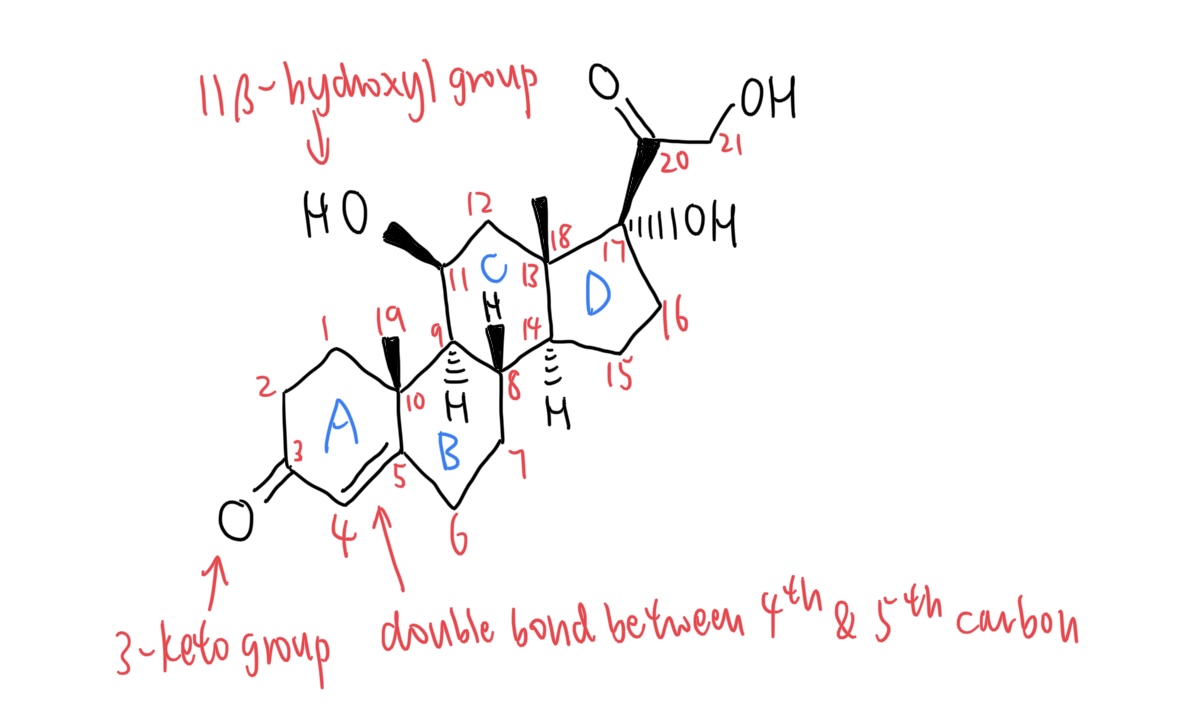| name | Hydrocortisone Topical |
| classification | Corticosteroid, Topical |
| pharmacokinetics | Hydrocortisone is readily absorbed through the skin. Absorption varies depending on the concentration, vehicle (e.g., cream, ointment), and area of application. Metabolism primarily occurs in the liver, and excretion is through the kidneys. The systemic absorption is generally low with topical use, but can be increased with extensive or prolonged application, especially in thin skin or areas with compromised skin barrier. |
| suggested dosage | Dosage depends on the specific condition being treated and the severity of the inflammation. A general guideline is to apply a thin layer to the affected area 1-3 times daily. The precise amount and frequency must be determined by a healthcare professional. |
| indications | | 1 | Treatment of mild to moderate inflammatory skin conditions such as eczema, dermatitis, contact dermatitis, and pruritus (itching). | | 2 | Treatment of insect bites and stings. | | 3 | Treatment of diaper rash. |
|
| safety in pregnancy | Hydrocortisone topical is generally considered safe for use during pregnancy. However, it's crucial to use the lowest effective dose for the shortest duration possible, and to avoid extensive use. Always consult a doctor or certified medical professional before using during pregnancy. |
| safety in breastfeeding | Hydrocortisone topical is generally considered safe for use during breastfeeding. However, it's crucial to use the lowest effective dose for the shortest duration possible, and to avoid extensive use. Keep the application site away from the nipple area, and inform your doctor. |
| side effects | | 1 | Skin irritation (e.g., redness, burning, itching, dryness). | | 2 | Skin thinning (atrophy) with prolonged use. | | 3 | Striae (stretch marks) with prolonged use. | | 4 | Acne or folliculitis at the application site. | | 5 | Telangiectasia (small dilated blood vessels) | | 6 | Systemic effects are rare with topical use, but can occur with extensive or prolonged application, especially in thin skin or areas with compromised skin barrier, such as infants. | | 7 | Rarely, hypersensitivity reactions like rash or hives can occur |
|
| alternatives | |
| contraindications | | 1 | Known hypersensitivity to hydrocortisone or other corticosteroids. | | 2 | Active skin infections (e.g., fungal or bacterial infections, herpes simplex) in the treatment area. In such cases, treat the infection first before topical steroid use. | | 3 | Use of topical hydrocortisone on damaged skin without prior treatment for the damage |
|
| interactions | May interact with other topical medications. Instruct the patient to inform their doctor about all medications they are taking. |
| warnings and precautions | | 1 | Avoid contact with eyes and mucous membranes. | | 2 | Do not apply occlusive dressings over the topical hydrocortisone unless specifically directed by a doctor. | | 3 | Use the lowest effective dose for the shortest duration necessary to achieve desired results. | | 4 | Monitor for signs of systemic effects with extensive use or prolonged application in sensitive areas. | | 5 | Do not apply to broken skin. | | 6 | Use cautiously in patients with a history of skin thinning or striae (stretch marks) |
|
| additional informations | Patients should be informed about the importance of proper application techniques and to avoid overuse. Inform the patient to report any worsening symptoms or unusual side effects to their doctor. Proper skin hygiene should be maintained. Detailed information on all drugs should be checked with the prescribing doctor or pharmacist |
| patient profile | | age | 25 years | | weight | 70 kg | | sex | Male |
|

